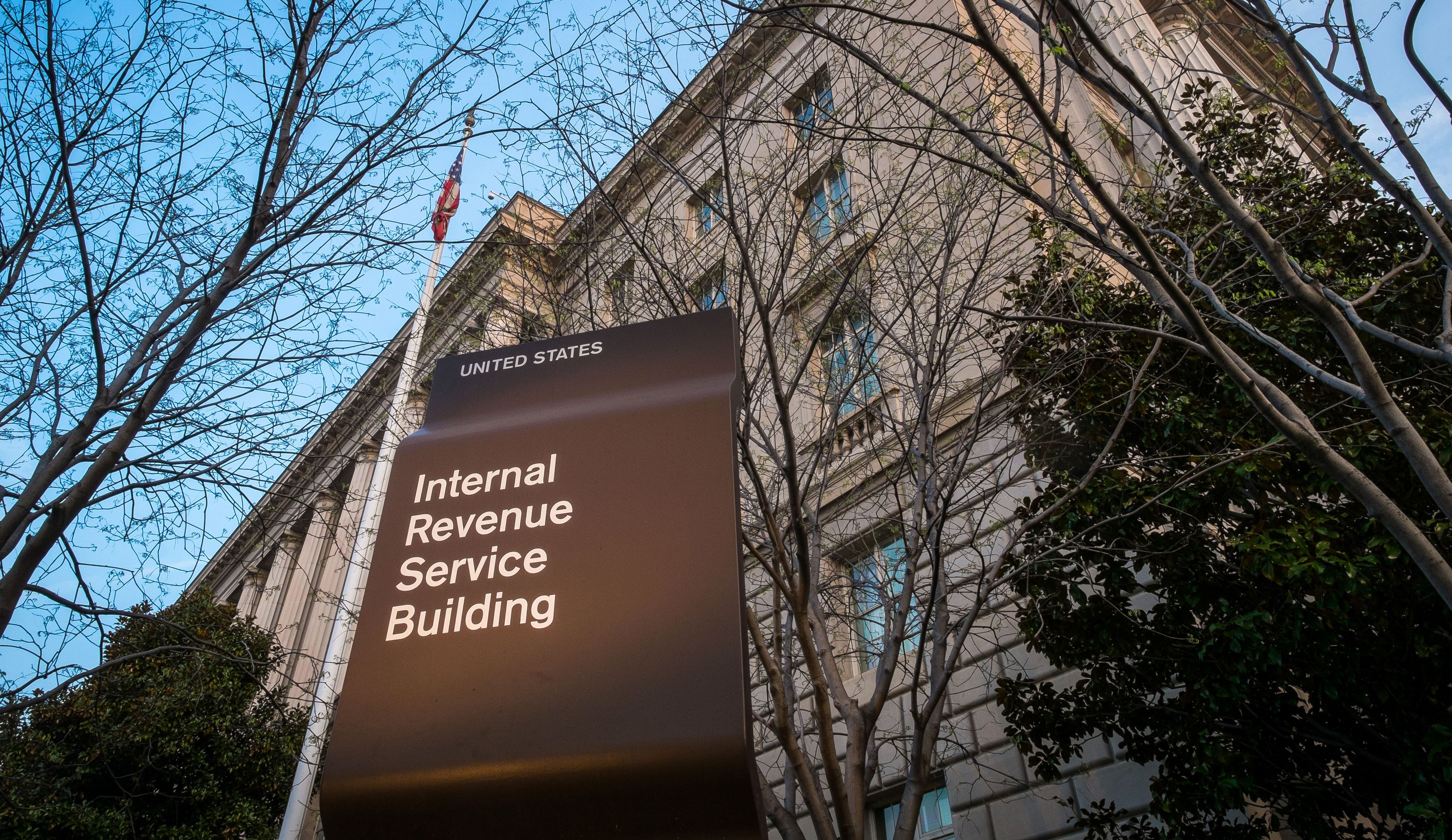Over the next six years the Internal Revenue Service plans to overhaul its information technology capabilities in order to “deliver efficient taxpayer services and enforcement with enhanced user experiences and to curtail the rising operational costs,” the agency announced April 18.
The plan will follow a pair of three-year phases, beginning in 2019 and concluding in 2024.
Each of those phases will play out across four pillars of modernization: the taxpayer experience; core taxpayer services and enforcement; modernized IRS operations; and cybersecurity and data protection.
RELATED

“Modernized systems are the key component to delivering quality service to taxpayers, providing efficient and robust enforcement activities and keeping taxpayer data secure,” said IRS Commissioner Chuck Rettig in a news release.
“Our modernization plan includes multiple milestones and levels of accountability to ensure it is implemented efficiently and effectively. The integrity of our nation’s tax system depends on modernizing IRS operations and the supporting technical pieces. We look forward to working with Congress to implement this plan.”
The IRS infamously operates one of the oldest IT systems in the federal government, its Individual Master File, which stores and processes citizens’ tax submissions and first began operating in the 1960s.
According to the IRS plan, an Individual Tax Processing Engine will convert hundreds of thousands of lines of legacy code as part of the IMF’s retirement process.
Like many federal agencies, the IRS spends significant pieces of its budget maintaining legacy IT, with the IT operations costs exceeding $2.2 billion annually and projected to exceed $3 billion by fiscal year 2026.
The plan also devotes specific focus to preparing for and countering “increasingly advanced cyberthreats."
“A critical component of the plan involves the IRS’s ongoing efforts to secure our systems and protect taxpayer data,” Rettig said. “The IRS is responsible for safeguarding a vast amount of sensitive financial and personal data involving every taxpayer and business in the nation. This is an area where we cannot fail for the safety of our nation, and modernizing our technology is critical to stay ahead of constant cyberattacks on our systems.”
The plan is estimated to cost between $2.3 billion and $2.7 billion over the next six years, and the administration’s budget proposal for fiscal year 2020 includes $290 million in funding for the plan.
The IRS will have to request more money per year in the coming years, however, to even meet the minimum of the six-year estimate or else rely on funds normally designated for maintaining other systems. And should Congress authorize less than or none of the requested funds in annual appropriations, it could potentially delay the IRS timeline.
Jessie Bur covers federal IT and management.





